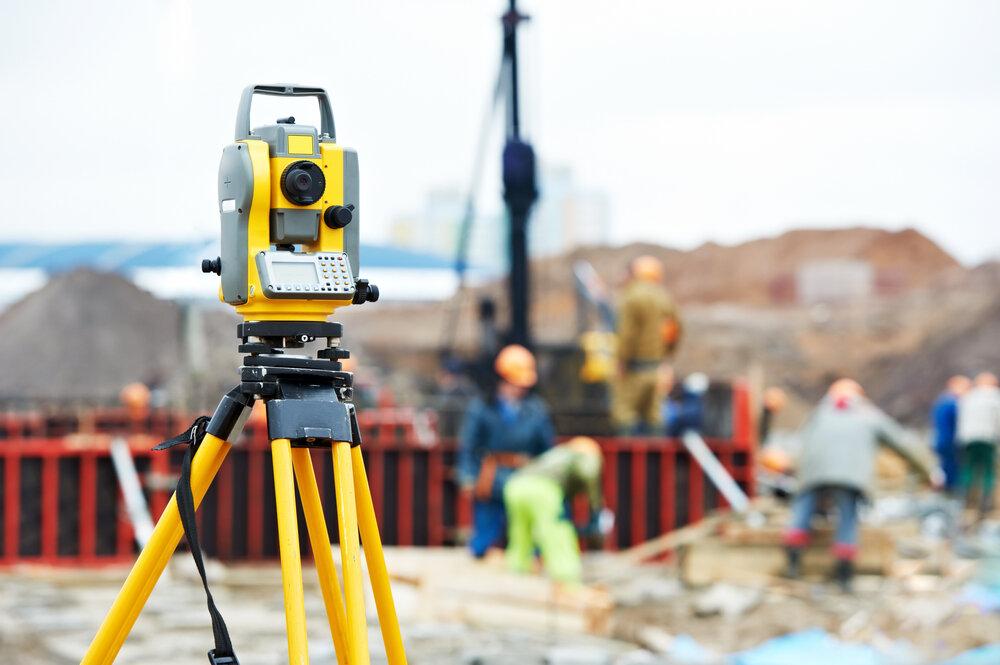Understanding the Importance of Topographical Surveys

In the world of construction, civil engineering, and land development, Topographical Surveys play a critical role in ensuring every project begins on a solid foundation. Before any structure can rise, builders and planners need an accurate representation of the land — its contours, features, and boundaries. These surveys provide essential data for decision-making, design, and long-term project success.
What Are Topographical Surveys?
A Topographical Survey is a detailed mapping process that records the natural and man-made features of a specific piece of land. This includes the shape of the terrain, elevation levels, trees, buildings, fences, and other structures present on or near the site. The resulting map or digital model helps architects, engineers, and developers visualize the land accurately before any construction begins.
Such surveys are not limited to large-scale developments. Even small residential projects, landscaping work, or drainage planning can benefit from precise land measurements. The accuracy of a Topographical Survey can significantly impact design efficiency, cost estimation, and risk management.
Why Are Topographical Surveys Essential?
-
Accurate Site Assessment:
A Topographical Survey provides engineers with critical data about the terrain. This ensures they understand elevation changes, slopes, and obstacles that might affect construction or drainage. -
Design and Planning:
Architects rely on survey data to design structures that suit the landscape. Accurate ground information prevents design errors and allows for better utilization of available space. -
Compliance with Regulations:
Local authorities often require Topographical Surveys before granting building permissions. This ensures the proposed project complies with zoning laws, boundaries, and environmental regulations. -
Risk Reduction:
Unexpected land features can lead to costly design changes during construction. With precise survey data, such risks are minimized early in the planning process. -
Cost Efficiency:
A well-conducted Topographical Survey prevents delays, avoids rework, and helps in accurate budgeting — saving both time and money.
The Role of Technology in Modern Topographical Surveys
The advancement of technology has revolutionized how Topographical Surveys are conducted. Modern surveyors use advanced tools to gather accurate and real-time data faster than ever before. One such technology making a major impact is laser scanning.
Laser scanning allows surveyors to capture millions of data points in seconds, producing highly detailed 3D models of the terrain and structures. This method is far more precise than traditional techniques and eliminates human error in measurements. With laser scanning, even complex landscapes or hard-to-reach areas can be mapped accurately, ensuring a complete understanding of the site.
Surveyors integrate this laser scanning data into specialized software that generates 3D visualizations, contour maps, and digital elevation models. These digital assets make collaboration easier among architects, engineers, and clients, improving communication and design alignment.
Applications of Topographical Surveys
Topographical Surveys are used across various industries, including:
-
Construction and Infrastructure Development: Before breaking ground, accurate terrain data helps determine the best design approach and foundation placement.
-
Environmental Studies: Scientists and planners use these surveys to assess environmental impact and develop sustainable designs.
-
Land Development: Real estate developers rely on survey data to plan residential or commercial plots efficiently.
-
Transportation Projects: Roads, railways, and bridges all require accurate elevation and contour data for safe, effective design.
Combining Traditional and Modern Methods
While laser scanning has brought incredible precision to surveying, traditional ground-based measurements remain valuable. Experienced surveyors often combine both methods for the best results — using ground control points to verify digital data accuracy. This hybrid approach guarantees comprehensive and reliable mapping, meeting the highest industry standards.
Choosing the Right Surveying Partner
Selecting a professional surveying company is key to obtaining quality results. Look for a firm that combines experience with the latest technology, such as laser scanning, GPS systems, and digital modeling tools. The right experts will provide clear reports, detailed maps, and accurate digital outputs tailored to your project’s needs.
A professional surveyor not only measures land but also interprets the data, offering valuable insights that help optimize design and ensure compliance.
Final Thoughts
Topographical Surveys are the foundation of successful land development and construction projects. They transform complex landscapes into understandable data, guiding every stage from design to execution.
With the integration of modern tools like laser scanning, these surveys have become faster, more accurate, and more detailed than ever before. Whether for a residential build, commercial project, or infrastructure development, a precise topographical survey ensures that every decision is based on reliable information.
In the ever-evolving field of construction and engineering, accurate surveying is no longer optional — it’s essential. Investing in professional Topographical Surveys today means building confidently and efficiently tomorrow.





